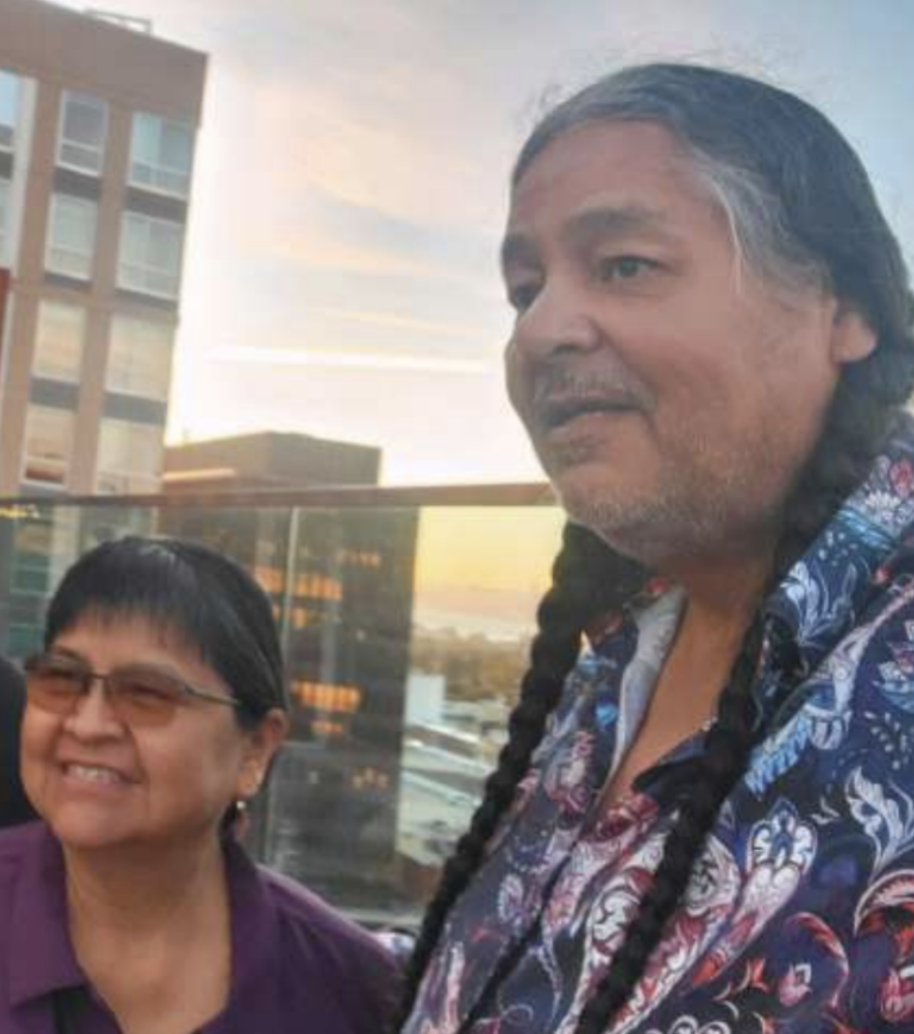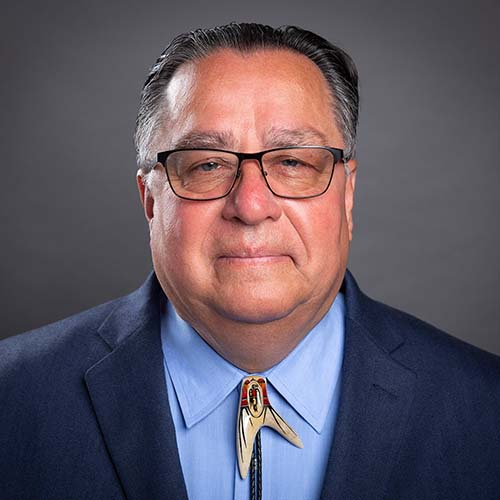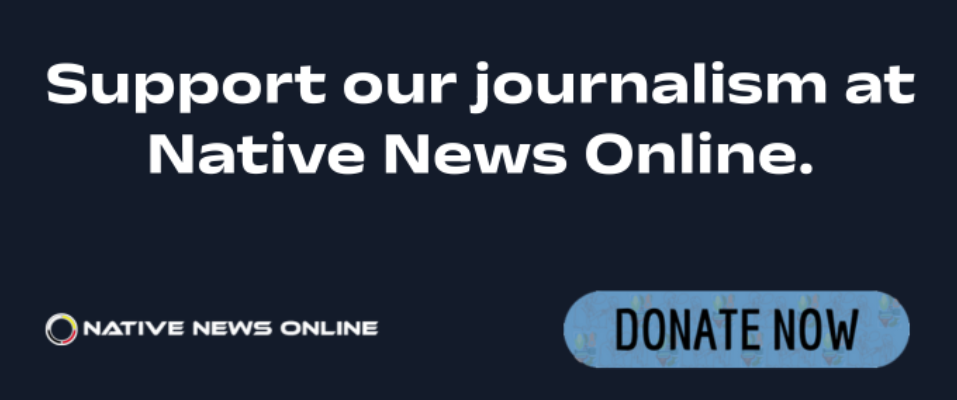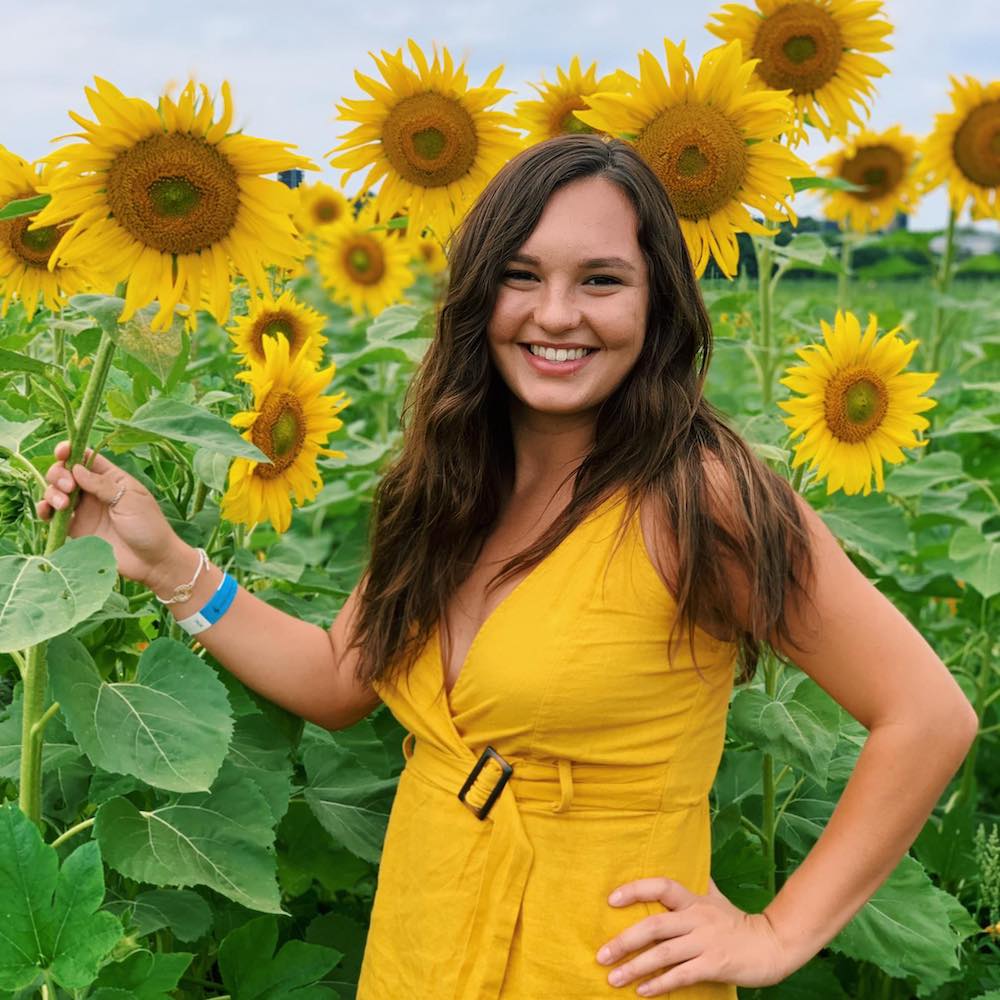
- Details
- By Kaili Berg
After more than three decades of delays, the Berkeley Civic Arts Commission has unanimously approved recognition of Native artists Lee Sprague (Match-E-Be-Nash-She-Wish Band of Pottawatomi) and Marlene Watson (Navajo) as the rightful creators of the Turtle Island Monument.
The resolution, passed on August 13, now moves to the Berkeley City Council for final action to formally correct the record and return artistic rights to the original Indigenous artists.
The Turtle Island Monument, first envisioned in 1992 as a fountain and cultural landmark in Civic Center Park, in Berkeley, Calif. was meant to honor Native America and the city’s historic role as the first in the world to declare Indigenous Peoples' Day.
But in the years that followed, Berkeley repeatedly excluded Sprague and Watson from the project, in violation of the Indian Arts and Crafts Act of 1990, while misdirecting millions of dollars in public funds.
“City of Berkeley and their officials hold a position of trust and responsibility towards public monies,” Watson said. “The City of Berkeley bidded out the Turtle Island Monument project to a non-Native artist. This has been an injustice for over 33 years."
Sprague called for full disclosure of how $3.2 million in funds were spent, accusing Berkeley of repeating colonial patterns under a new guise.
"Berkeley staff has been opening up generations of trauma, still finding ways to rip off Indians, using a new Manifest Destiny methodology, with no accountability,” Sprague said. “After 33 years, we have the rights to our own artwork.”
The Civic Arts Commission has committed to removing the four sea turtle sculptures from City Hall, acknowledging they misrepresent Indigenous stories.
The City Council must now rescind past resolutions misattributing the Turtle Island Monument and authorize its completion under Sprague and Watson’s original design.
"Our original designs connect the Indigenous peoples from Turtle Island to the moment when Berkeley recognized Indigenous Peoples Day, the first city in the world to do so. Marlene and I worked with Berkeley residents beginning 33 years ago. We are looking forward to seeing water flowing at the fountain at Civic Center, which has faced 50+ years of administrative delays,” Sprague said. “Water is Life. Through our art, the unseen powers, the great mysteries, guide our footsteps and recognize Berkeley's creation of the first Indigenous Peoples Day as a shared dream for generations to come."
Whether the Turtle Island Monument finally rises after decades of delay will depend on whether the Berkeley City Council follows through.
For Sprague and Watson, the recognition by the Civic Arts Commission is an overdue but vital step toward restoring the integrity of public artwork meant to honor Native peoples.
More Stories Like This
Zuni Youth Enrichment Project Takes Top Emerging Artist Apprentices to Phoenix for Artistic Exploration and Cultural ImmersionFrom Dishwasher to Award-Winning Chef: Laguna Pueblo's Josh Aragon Serves Up Albuquerque's Best Green Chile Stew
Rob Reiner's Final Work as Producer Appears to Address MMIP Crisis
Vision Maker Media Honors MacDonald Siblings With 2025 Frank Blythe Award
First Tribally Owned Gallery in Tulsa Debuts ‘Mvskokvlke: Road of Strength’
Help us defend tribal sovereignty.
At Native News Online, our mission is rooted in telling the stories that strengthen sovereignty and uplift Indigenous voices — not just at year’s end, but every single day.
Because of your generosity last year, we were able to keep our reporters on the ground in tribal communities, at national gatherings and in the halls of Congress — covering the issues that matter most to Indian Country: sovereignty, culture, education, health and economic opportunity.
That support sustained us through a tough year in 2025. Now, as we look to the year ahead, we need your help right now to ensure warrior journalism remains strong — reporting that defends tribal sovereignty, amplifies Native truth, and holds power accountable.
 The stakes couldn't be higher. Your support keeps Native voices heard, Native stories told and Native sovereignty defended.
The stakes couldn't be higher. Your support keeps Native voices heard, Native stories told and Native sovereignty defended.
Stand with Warrior Journalism today.
Levi Rickert (Potawatomi), Editor & Publisher


